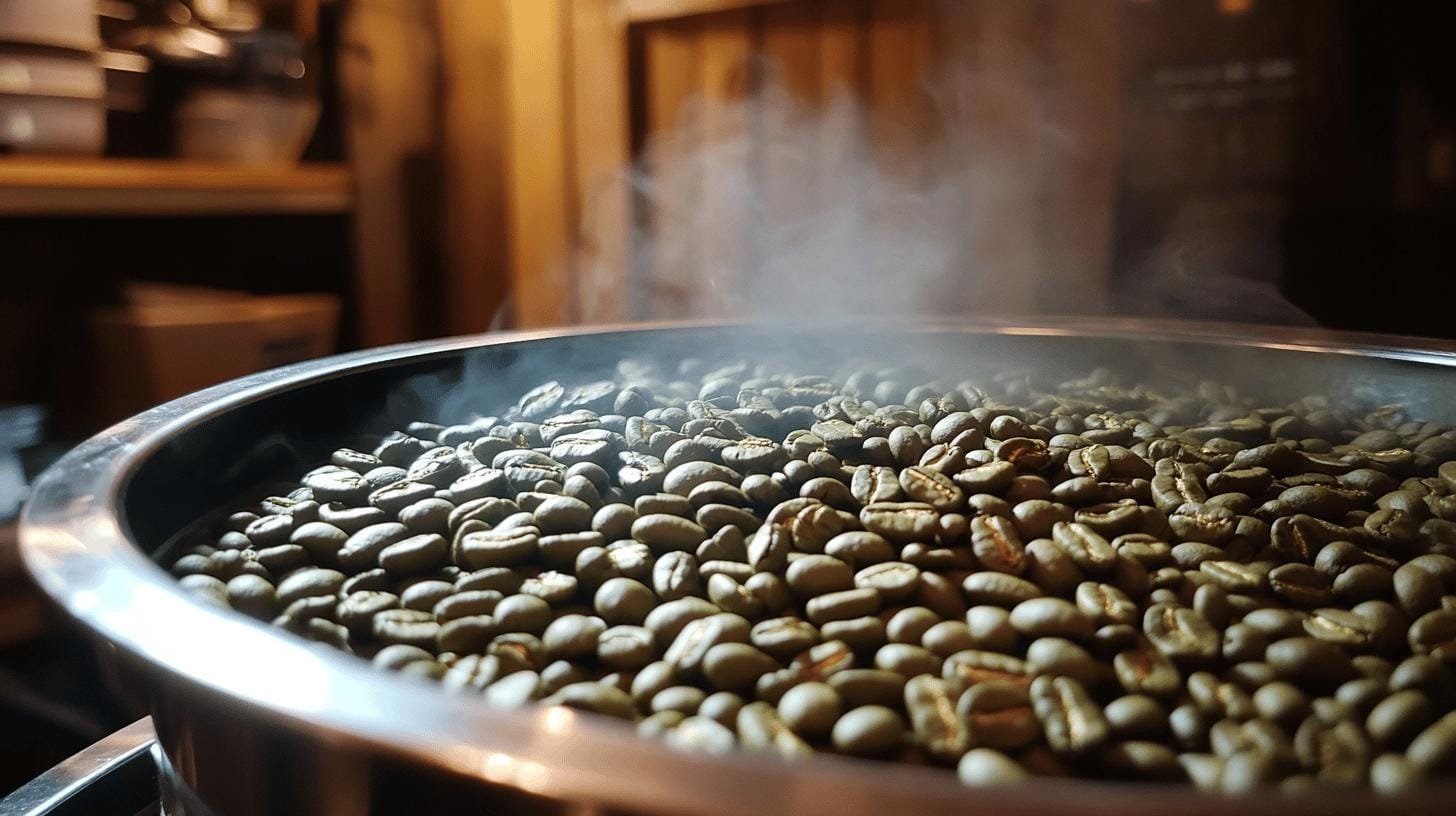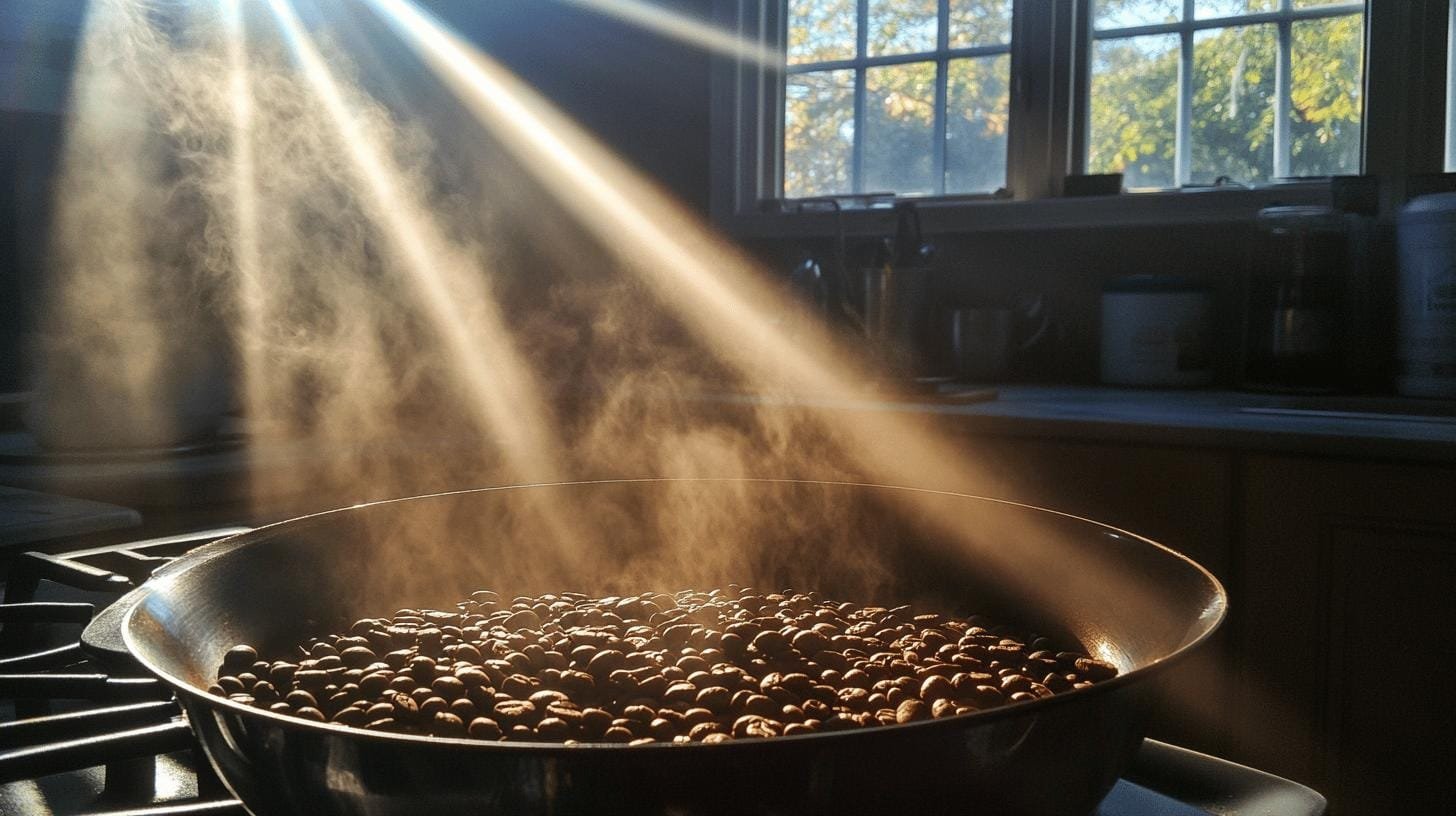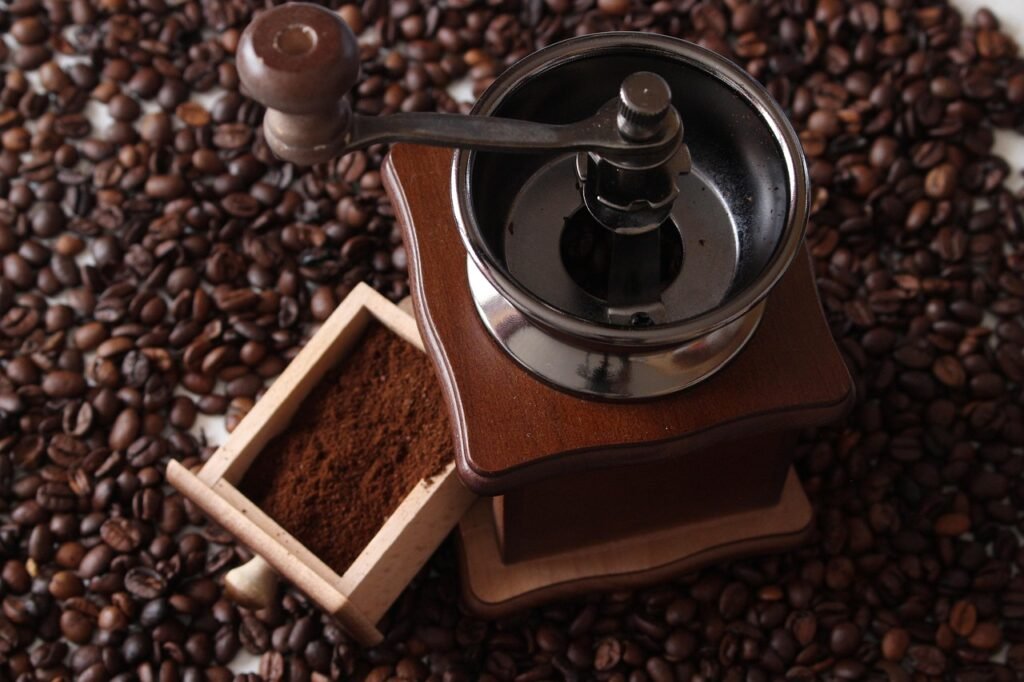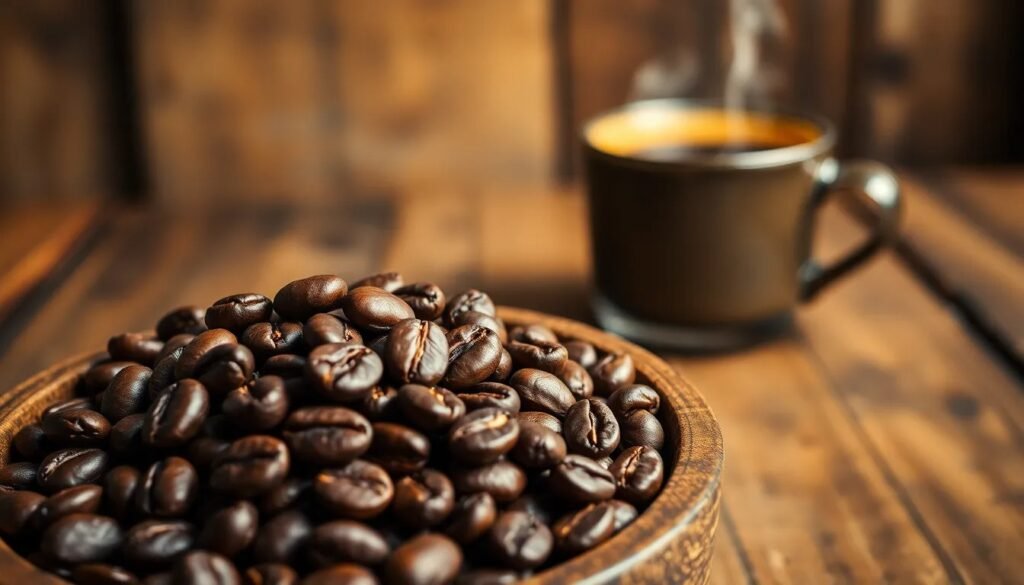Is the quest for the most flavorful coffee roast a simple matter of taste, or is there a deeper science behind it? Coffee aficionados often debate the merits of light, medium, and dark roasts, each offering a unique gustatory experience.
With insights from coffee experts, this article will delve into the distinct flavor profiles of each roast type and how they cater to diverse palates, guiding enthusiasts toward finding out which coffee roast is most flavorful.
Understanding Flavor Profiles of Different Coffee Roasts
Light roast coffee is known for its light brown color and lack of oil on the beans’ surface. It provides a crisp taste with high acidity and delicate, fragrant notes. These beans are roasted only until the “first crack,” keeping their original flavors intact.
Light roast often includes floral or fruity undertones. Those who enjoy coffee for its natural bean flavors will appreciate the subtle, aromatic experience light roasts offer.
Medium roast coffee, favored in America, balances acidity and body. The medium brown beans have a traditional taste without surface oil. They’re roasted between the first and second crack, capturing both the depth of a darker roast and the bean’s inherent flavors.
Medium roast provides a fuller body than light roasts, appealing to those who prefer a classic cup without the sharpness of lighter varieties.
Dark roast coffee beans are almost black and oily, offering a bold and robust taste. This roast goes beyond the second crack, significantly reducing acidity and introducing bitterness with a heavy mouthfeel.
The intense roasting process alters original flavors, resulting in a simpler taste profile with deep, straightforward notes. This roast suits those who love strong, full-bodied coffee with minimal acidity, providing a rich experience.
Comparing Coffee Roasting Processes and Their Impact on Flavor

The roasting process is crucial in shaping coffee’s flavor. It starts with drying green beans and moves through stages like the “first crack” and “second crack.”
The “first crack” occurs at temperatures between 385 and 410 degrees Fahrenheit, indicating the onset of a light roast. It’s key for keeping high acidity and original flavors, like floral or fruity notes.
As beans roast longer, they reach the “second crack” past 430 degrees Fahrenheit, transitioning to dark roasts. This introduces bold, robust flavors, reducing acidity and complexity.
Different roasting methods, such as drum and hot air roasters, further influence coffee’s taste.
- Drum roasters use convection, conduction, and radiant heat for a balanced roast. They are favored in specialty coffee for highlighting the bean’s unique traits.
- Hot air roasters use only hot air, offering quick and efficient roasting. While sometimes resulting in less flavor retention, this method is effective for consistency in large batches.
Both methods impact how much of the bean’s original flavor is preserved or altered.
Brew Methods and Their Influence on Coffee Roast Flavor
Brew methods significantly impact the extraction of flavors in coffee, enhancing or muting specific roast characteristics.
- The pour-over method accentuates coffee’s acidity, perfect for light to medium roasts. Controlled pouring and extended brewing allow gentle extraction, revealing subtle flavors and higher acidity in lighter roasts.
- Espresso brewing enhances boldness, favoring darker roasts. This method captures the essence of darker roasts, providing a concentrated, rich taste that is strong and satisfying.
- The French press enhances body and suits medium to dark roasts. This method retains the bean’s natural oils and flavors, delivering a rich and substantial coffee for those who enjoy a heavier brew.
- Immersion brewing extracts oils and solids, creating a full-bodied cup. Medium and dark roasts, with deeper flavors and lower acidity, excel here.
Home-Roasting vs. Commercial Roasting: Which Offers More Flavor?

Home roasting offers unmatched control over flavor and freshness, ideal for a personalized coffee experience. It allows enthusiasts to experiment with roast levels and techniques, adjusting variables like temperature and time for desired tastes.
Home-roasted beans are often fresher, consumed soon after roasting, preserving vibrant flavors often lost in commercial options.
Commercial roasting excels in consistency and variety, suiting a broad audience. Large operations use advanced equipment and set profiles ensuring uniform flavors.
While not as fresh as home roasting, commercial products deliver reliable flavors that are widely available.
Expert Insights: Determining the Most Flavorful Coffee Roast
Which coffee roast is most flavorful depends on individual taste preferences. Experts use various sensory tools to detect nuances in flavor, aroma, and texture across roasts. Choice depends on preference for subtlety or intensity.
Taste tests and surveys help experts evaluate roasts. Blind tasting sessions assess acidity, body, and bitterness, capturing diverse notes across roasting levels. These insights guide expert recommendations on which coffee roast is most flavorful.
Aligning roast choice with personal taste involves knowing one’s preferences. Coffee lovers should experiment with roasts and brewing methods to find their ideal profile.
- For bright coffee, lighter roasts are suggested.
- Those wanting a rich, full-bodied taste might choose darker roasts.
The most flavorful coffee aligns with individual palates and desired experiences.
Final Words
Exploring the flavor profile of different coffee roasts reveals a spectrum of tastes, helping answer the question of which coffee roast is most flavorful, from the crispness of light roasts to the robust boldness of dark roasts.
The roasting process and the choice between drum and hot air roasters, plays a pivotal role in defining these flavors. Various brew methods, such as espresso and French press, further tailor the coffee experience to highlight specific roast characteristics.
Deciding which coffee roast is most flavorful is a personalized journey. By understanding these elements, coffee enthusiasts can navigate their way to discovering their preferred balance and enjoy a truly satisfying cup.
FAQs
Which coffee roast is most flavorful?
The roast with the most flavor is subjective. Light roasts preserve the bean’s unique flavors, offering floral notes and high acidity. Medium roasts balance body and acidity, while dark roasts provide bold, robust profiles.
Which coffee roast has the most caffeine?
Light roast coffee contains slightly more caffeine compared to medium and dark roasts. This is due to the longer roasting time required for darker roasts, which reduces caffeine content.
What tastes better, dark or medium roast coffee?
Preference between dark and medium roast coffee depends on personal taste. Dark roast offers a strong, bold flavor, while medium roast provides a balanced, traditional experience with moderate acidity and body.
Which roast of coffee is the least bitter?
Light roast coffee is typically the least bitter, as it retains more of the bean’s original floral and fruity notes, with higher acidity but reduced bitterness compared to dark roasts.
Does light roast coffee have more flavor than dark roast?
Light roast coffee typically retains more of the original bean flavor, offering high acidity and floral or fruity notes, whereas dark roast emphasizes boldness and body, often considered less complex.













